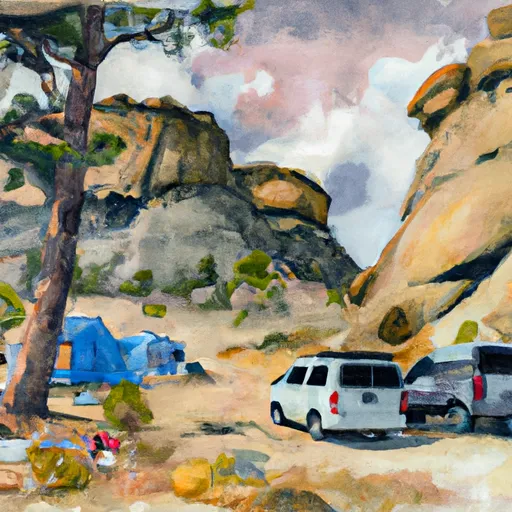Summary
It boasts an impressive elevation of 10,834 feet (3,302 meters), making it one of the highest peaks in the region. The mountain is part of the San Jacinto Mountains, which are characterized by their rugged terrain and remarkable biodiversity. With a prominence of 8,034 feet (2,448 meters), Mount San Jacinto Peak provides breathtaking panoramic views of the surrounding landscape.
During the winter season, Mount San Jacinto Peak receives a significant amount of snowfall, creating ideal conditions for winter sports enthusiasts. The snowpack range varies depending on the year, but it can reach depths of several feet, providing ample opportunities for activities such as skiing, snowboarding, and snowshoeing. Additionally, the mountain's numerous creeks and rivers, including the San Jacinto River and Palm Springs Creek, benefit from the snowmelt runoff, contributing to the local water supply and ecosystems.
The name of Mount San Jacinto Peak has a rich history. It was named after Saint Hyacinth of Poland by Spanish explorer and missionary Juan Bautista de Anza during his expedition in 1774. The mountain holds significant cultural and spiritual importance to the Cahuilla Native American tribe, who consider it sacred. According to legends, the peak is believed to be the dwelling place of the Great Spirit Takush, who protected the tribe from evil spirits. These stories and the mountain's majestic beauty continue to fascinate and inspire visitors from around the world.
Weather Forecast
Regional Streamflow Levels
9
Cubic Feet Per Second
0
Cubic Feet Per Second
138
Cubic Feet Per Second
46
Cubic Feet Per Second
Area Campgrounds
| Location | Reservations | Toilets |
|---|---|---|
 Little Round Valley
Little Round Valley
|
||
 Diorite
Diorite
|
||
 Andesite
Andesite
|
||
 Mica
Mica
|
||
 Upper Mistletoe
Upper Mistletoe
|
||
 Upper Chinquapin
Upper Chinquapin
|

 Foster Lake
Foster Lake
 Lake Fulmor Day Use Area
Lake Fulmor Day Use Area
 Lake Fulmor
Lake Fulmor
 Strawberry Creek
Strawberry Creek
 Lake Hemet Day Use Area
Lake Hemet Day Use Area